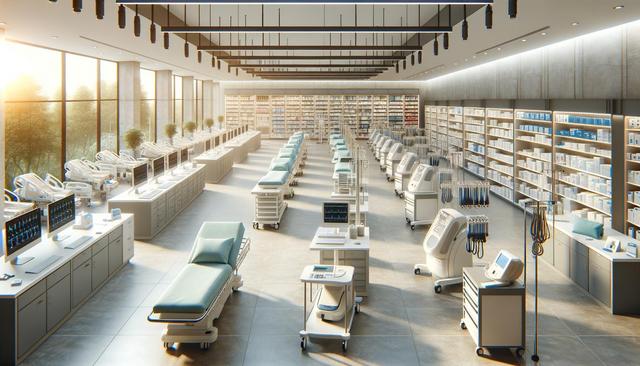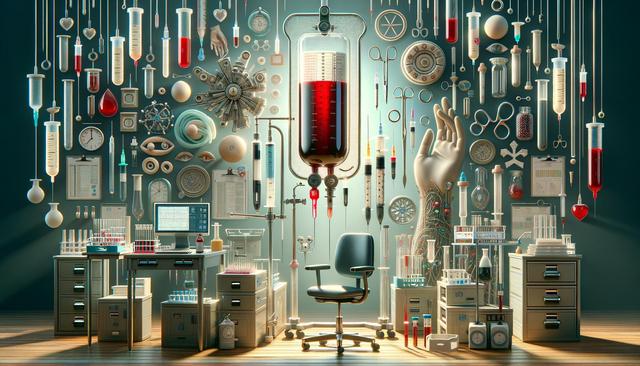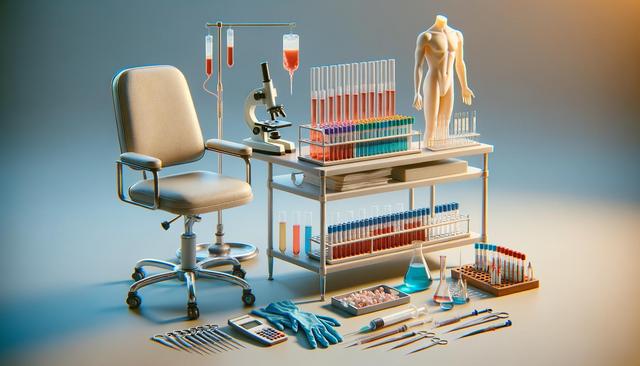Understanding the Benefits of Used Medical Equipment
Purchasing used medical equipment is a cost-effective solution for clinics aiming to maintain high standards of care without overspending. Refurbished or gently used devices can provide the same functionality as new models, especially when they are hospital-grade and thoroughly tested. These savings can be redirected toward other operational areas such as staffing, patient care, or facility upgrades.
In addition to affordability, environmental sustainability is another compelling reason to consider used equipment. Reusing devices reduces waste and supports a more eco-conscious healthcare system. Clinics also benefit from faster procurement times since many used items are ready for immediate shipping, unlike new equipment that may be backordered or custom-built.
Key benefits of purchasing used medical equipment include:
- Lower upfront costs compared to brand-new devices
- Access to high-quality, hospital-grade technology
- Reduced lead times for installation and use
- Environmentally sustainable procurement practices
It’s essential, however, to ensure that the equipment complies with regulatory standards and comes from a reputable source that performs proper quality checks.
Types of Medical Equipment Commonly Available Used
Clinics can find a wide variety of medical equipment on the used market. From diagnostic tools to patient monitoring systems, many essential devices are available in refurbished or gently used condition, often at a fraction of the cost of new items. This diversity allows clinics to fully outfit their facilities without compromising on quality.
Some of the most commonly available types of used medical equipment include:
- Patient monitoring systems (e.g., blood pressure monitors, ECG machines)
- Diagnostic imaging devices (e.g., ultrasound systems, X-ray machines)
- Exam room furniture (e.g., exam tables, stools, cabinetry)
- Surgical instruments and operating room equipment
- Laboratory analyzers and centrifuges
Whether opening a new clinic or upgrading existing infrastructure, purchasing used equipment can meet both short-term and long-term operational needs.
Where to Find Reliable Used Medical Equipment
Finding trustworthy sources is critical when purchasing used medical equipment. Online marketplaces, liquidation sales, and specialized medical surplus dealers are common places to start. However, it’s important to vet these sources carefully to avoid low-quality or non-functional devices.
Here are a few types of sellers to consider:
- Medical equipment refurbishers that specialize in hospital-grade devices
- Healthcare facility liquidators offering surplus from hospital closures or upgrades
- Online platforms that connect buyers directly with clinics selling pre-owned equipment
- Local medical equipment auctions and government surplus sales
Always inquire about the service history, warranty options, and any certifications that indicate the equipment has been tested and approved for clinical use. It’s also worth asking for a demonstration or inspection before finalizing a purchase.
Avoiding Dealer Fees Through Direct Purchasing
One way clinics can save even more when sourcing used medical equipment is by bypassing dealers altogether. Direct purchasing from hospitals, clinics, or reputable refurbishers eliminates intermediary costs, often resulting in significant savings. These transactions can also be more transparent, giving buyers more control over the equipment’s specifications and condition.
To successfully purchase without dealer fees, consider the following strategies:
- Engage with professional networks to identify facilities upgrading their equipment
- Monitor industry forums where medical professionals discuss equipment availability
- Use online classified platforms specific to the healthcare industry
- Reach out directly to manufacturers who may offer trade-in or certified resale programs
By doing a bit of extra research and legwork, clinics can access high-quality equipment without the added markup often charged by third-party dealers.
Ensuring Quality and Compliance in Used Equipment
While price is a major factor, quality and compliance should never be compromised. All used medical equipment must meet applicable health and safety regulations, including calibration and sterilization standards. Clinics should confirm that any equipment they purchase includes documentation of testing, maintenance records, and, if applicable, refurbished certifications.
To guarantee quality, consider the following checklist:
- Request proof of functionality and recent maintenance logs
- Confirm the device meets local and national compliance standards
- Check for warranties or service agreements
- Ensure compatibility with existing systems and workflows
Working with sellers who prioritize transparency and customer support can make the purchasing process smoother and more reliable. Don’t hesitate to ask for client references or case studies to verify the seller’s track record.
Conclusion: Making Smart Choices for Your Clinic
Equipping your clinic with used medical equipment is a practical and cost-effective approach when done strategically. By understanding the types of equipment available, sourcing from reputable sellers, and avoiding unnecessary dealer fees, clinics can maintain high standards of care without stretching their budgets. Quality, compliance, and transparency should guide every purchase decision, ensuring that your healthcare facility is both well-equipped and financially sustainable.




Leave a Reply